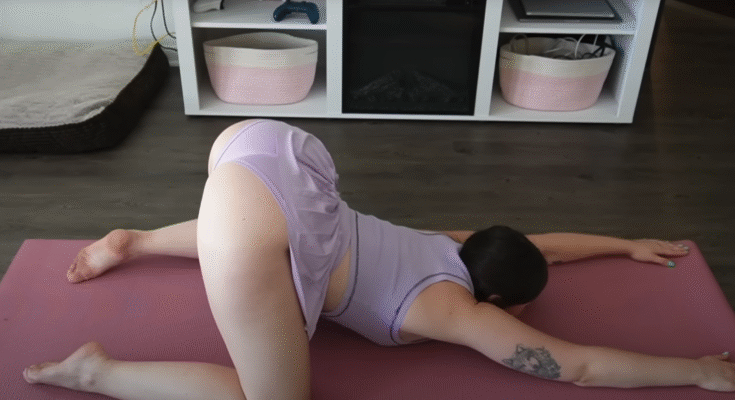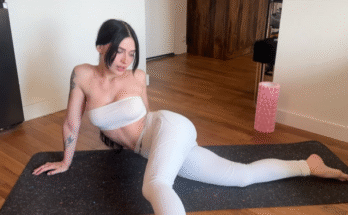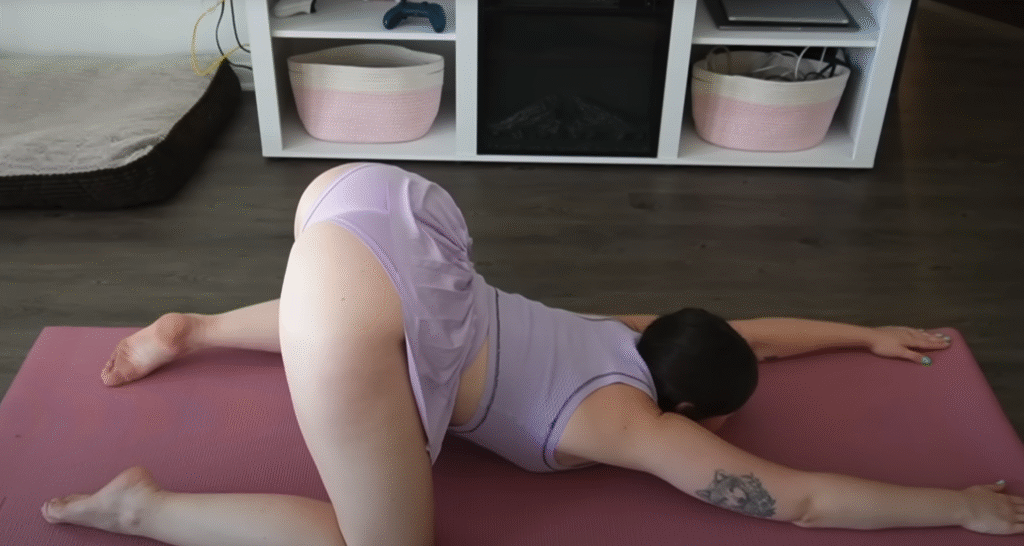
Every journey toward strength, flexibility, and body control begins with a single stretch. For beginners stepping into the world of stretching and gymnastics, the goal isn’t perfection — it’s progress. Gymnastics may look like a sport of effortless flips and graceful splits, but behind every elegant move lies hours of consistent practice, patience, and the right foundational exercises.
In this guide, we’ll explore how stretching and basic gymnastics training can help you build flexibility, coordination, and body awareness safely — even if you’re a complete beginner.
1. The Importance of Stretching in Gymnastics
Stretching is not just a warm-up; it’s the language your body speaks before movement. It prepares your muscles, tendons, and joints for the demands of gymnastics. When done correctly, stretching improves flexibility, reduces the risk of injury, enhances balance, and increases overall performance.
Gymnastics relies heavily on flexibility. Whether it’s a cartwheel, handstand, or backbend, your range of motion determines how fluid and controlled your movements are. Without proper stretching, the body resists those motions, leading to stiffness and possible strain.
The best way to start is to make stretching a habit — not just before workouts but as part of your daily routine. A few minutes each morning or evening can dramatically improve how your body feels and moves.
2. Warm-Up: The Foundation of Every Session
Before diving into any stretch or skill, you need to warm up. Think of your muscles as rubber bands — when cold, they’re stiff and can snap easily; when warm, they stretch with ease.
Here’s a simple 10-minute warm-up routine for beginners:
- Jog or jump in place (2 minutes): Get your heart rate up and blood flowing.
- Arm circles and shoulder rolls (1 minute): Loosen tight shoulders and prepare your upper body.
- Hip rotations (1 minute): Rotate hips in circles both directions to increase mobility.
- Leg swings (2 minutes): Front-to-back and side-to-side leg swings help prepare your hip flexors and hamstrings.
- Ankle rolls and gentle squats (2 minutes): Strengthen and mobilize your lower body joints.
- Torso twists (2 minutes): Warm up your spine and core muscles.
When your body feels awake and warm, it’s time to stretch deeper.
3. Basic Stretching Routine for Flexibility
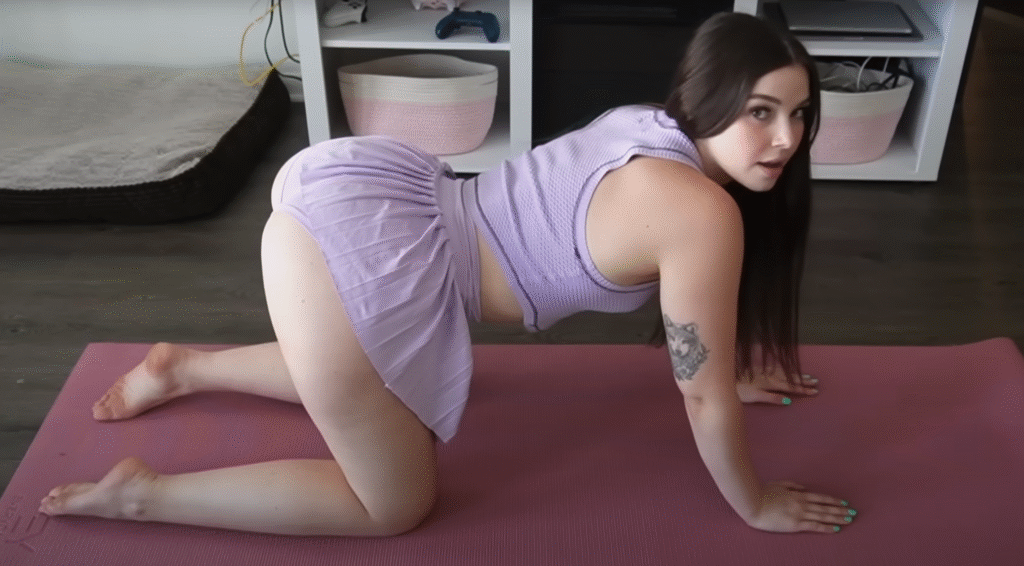
For gymnastics beginners, flexibility in key muscle groups — shoulders, hips, hamstrings, and back — is essential. Below are fundamental stretches that help prepare you for more advanced skills.
a. Forward Fold (Hamstring Stretch)
- Stand tall, feet hip-width apart.
- Slowly bend forward from your hips, reaching toward your toes.
- Keep your knees slightly bent if needed.
- Hold for 20–30 seconds.
- Feel the stretch in the back of your legs and lower back.
b. Butterfly Stretch (Hip and Inner Thighs)
- Sit on the floor and bring the soles of your feet together.
- Hold your feet with your hands and gently press your knees toward the ground.
- Keep your spine tall and breathe deeply.
c. Cat-Cow Stretch (Spine Mobility)
- Start on your hands and knees.
- Inhale, arch your back and look up (Cow Pose).
- Exhale, round your back and tuck your chin (Cat Pose).
- Flow between these for 8–10 slow breaths.
d. Shoulder Wall Stretch
- Stand an arm’s length away from a wall.
- Place your palms flat on the wall and step back, forming an L-shape with your body.
- Let your chest sink down slightly for a deep shoulder stretch.
e. Lunge Stretch (Hip Flexor)
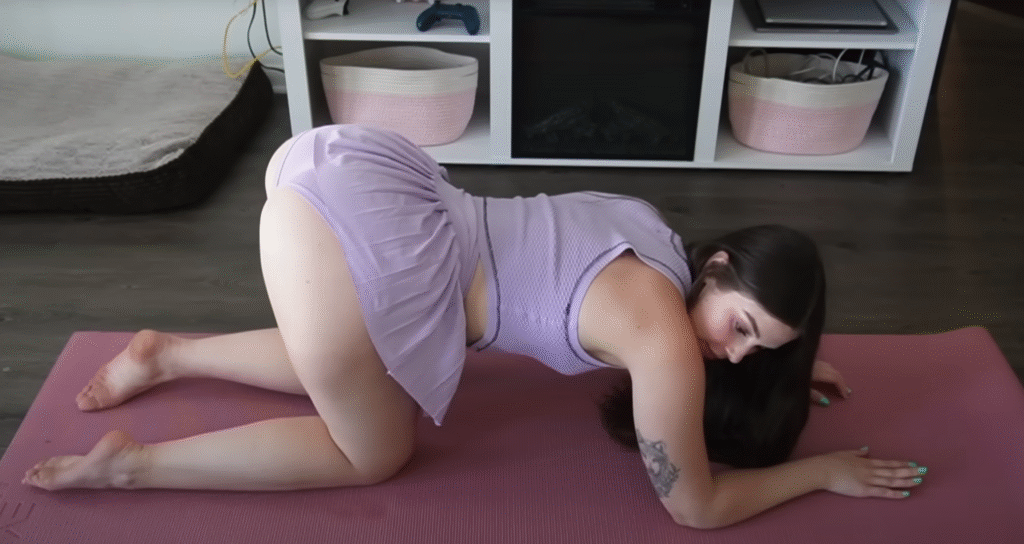
- Step one leg forward into a deep lunge.
- Keep your back leg straight, with the top of the foot pressing gently into the floor.
- Sink your hips forward and feel the stretch through your front thigh and hip.
f. Seated Side Stretch
- Sit with your legs crossed.
- Reach one arm overhead and lean to the opposite side.
- Keep your hips grounded and feel the stretch through your side body.
Each stretch should be held for 20–40 seconds. Never force your body; gentle consistency is key.
4. Gymnastics Basics for Beginners
Once your body is warm and stretched, you can start exploring beginner gymnastics movements that develop strength, coordination, and balance.
a. The Forward Roll
One of the first skills every gymnast learns.
- Start in a squat with your feet flat and chin tucked.
- Place your hands on the ground and gently roll forward over your upper back.
- Use your momentum to come back up to a squat or stand.
This movement teaches body awareness and helps build confidence with controlled rolling motions.
b. The Cartwheel
A classic gymnastics move that improves coordination and lateral movement.
- Stand tall with arms up.
- Step forward with your dominant leg.
- Place your hands on the floor one at a time while kicking your legs overhead.
- Land softly on the opposite leg.
Start slow — use a soft surface and practice alignment before worrying about speed.
c. The Handstand (Against a Wall)
Handstands are fundamental in gymnastics and build incredible core and shoulder strength.
- Start by facing the wall, place your hands on the floor about shoulder-width apart.
- Kick up gently until your feet touch the wall.
- Keep your body tight — engage your abs and glutes.
- Hold for 5–10 seconds, breathing steadily.
- Come down with control.
Use the wall for balance until your confidence grows.
d. The Bridge
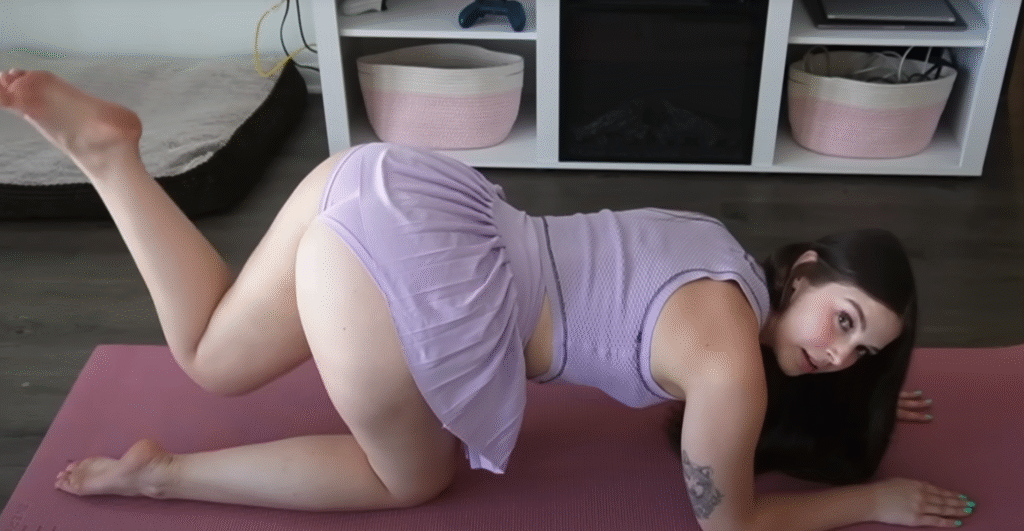
The bridge is an excellent backbend that builds flexibility and strength in the spine and shoulders.
- Lie on your back, knees bent, feet flat.
- Place your palms beside your ears with fingers pointing toward your shoulders.
- Press into your hands and feet to lift your body off the ground.
- Keep breathing and hold for a few seconds.
With time, your bridge will become higher and more controlled.
5. Building Strength and Control
Flexibility alone isn’t enough; gymnastics demands strength and stability to support those beautiful movements. Here are a few exercises to build your foundation:
- Planks: Strengthen your core and shoulders.
- Hollow Body Holds: Train the abdominal control needed for flips and handstands.
- Supermans: Strengthen your lower back.
- Wall Sits: Build leg endurance.
- Push-ups and Pull-ups: Develop upper-body power and balance.
Aim for short sets daily. Consistency matters more than intensity.
6. Breathing and Mindfulness
Breath is the bridge between body and mind. Many beginners forget to breathe while stretching or holding poses, causing unnecessary tension.
Practice slow, rhythmic breathing:
- Inhale deeply through your nose for 4 counts.
- Hold for 1 count.
- Exhale slowly through your mouth for 6 counts.
As you move through stretches or beginner gymnastics drills, connect each motion to your breath. Inhale when lengthening, exhale when releasing.
7. Common Mistakes to Avoid
- Skipping warm-up — Cold stretching can lead to muscle strain.
- Forcing flexibility — Stretching too hard can cause injury; progress gradually.
- Poor posture — Keep your spine aligned; don’t collapse your shoulders.
- Ignoring rest — Muscles grow and recover during rest.
- Comparing yourself to others — Everyone’s flexibility and strength journey is different.
8. The Beginner’s Mindset
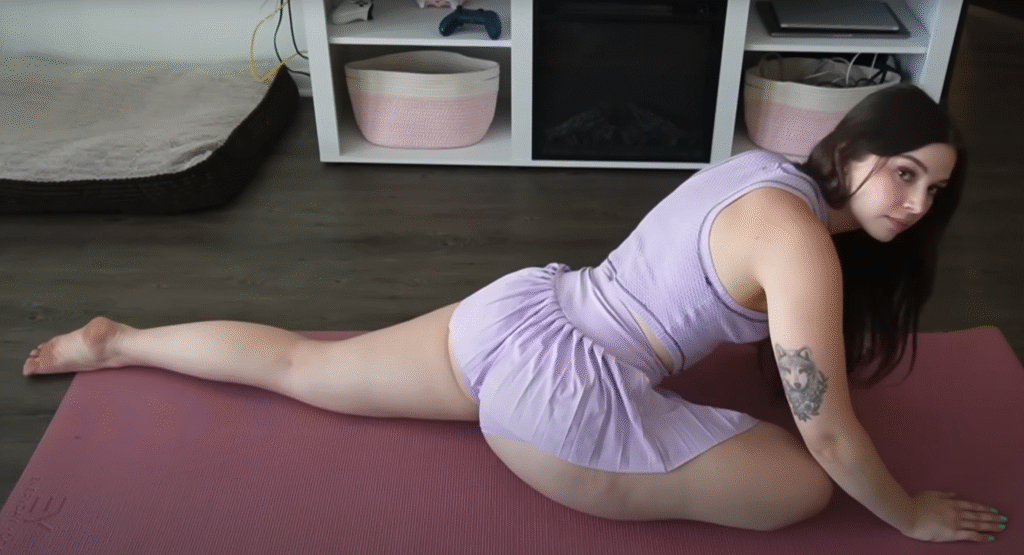
The most important thing to remember as a beginner is patience. Gymnastics and flexibility training take time. Progress isn’t always visible day by day, but with consistency, your body transforms beautifully.
Celebrate small victories — touching your toes, holding a bridge a little longer, or balancing in a wall handstand. Each success builds confidence and motivates you to go further.
Don’t let mistakes discourage you. Even elite gymnasts fall, wobble, and start over countless times. What matters is that you get up again with determination and a smile.
9. Cool Down and Relaxation
After training, cooling down helps reduce soreness and promotes recovery. Try gentle stretches like Child’s Pose, Reclined Twist, or Legs-Up-the-Wall. Take a few minutes to breathe deeply, thanking your body for its effort.
End each session with gratitude — gratitude for your body’s ability to move, learn, and grow.
10. Conclusion
Stretching and gymnastics for beginners is not about mastering splits or flips overnight. It’s about developing a relationship with your body — learning its limits, respecting its rhythm, and nurturing its potential.
Each time you step onto your mat or floor, you’re not just training muscles — you’re cultivating discipline, patience, and self-awareness. With steady practice, what once seemed impossible becomes second nature.
So breathe deeply, stretch gently, and move with joy. Your journey into gymnastics and flexibility is just beginning — and every moment, every motion, brings you one step closer to the best version of yourself.
— The End —
